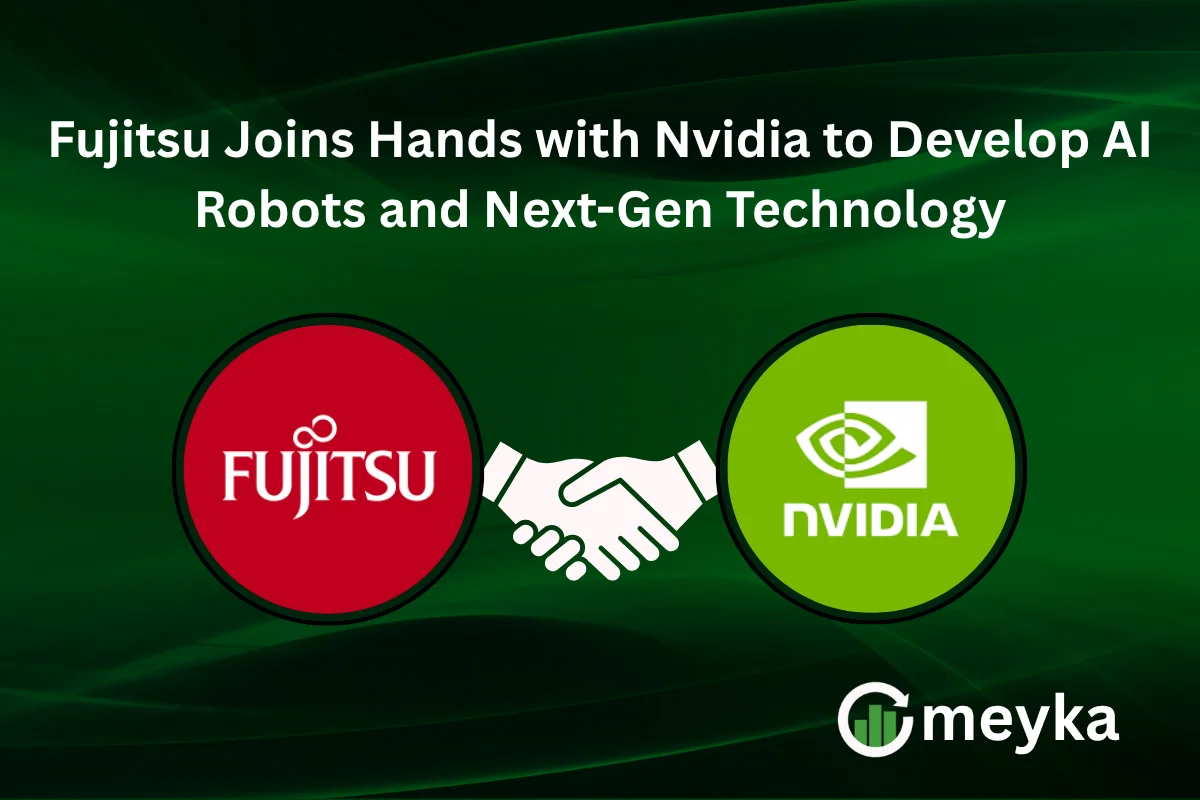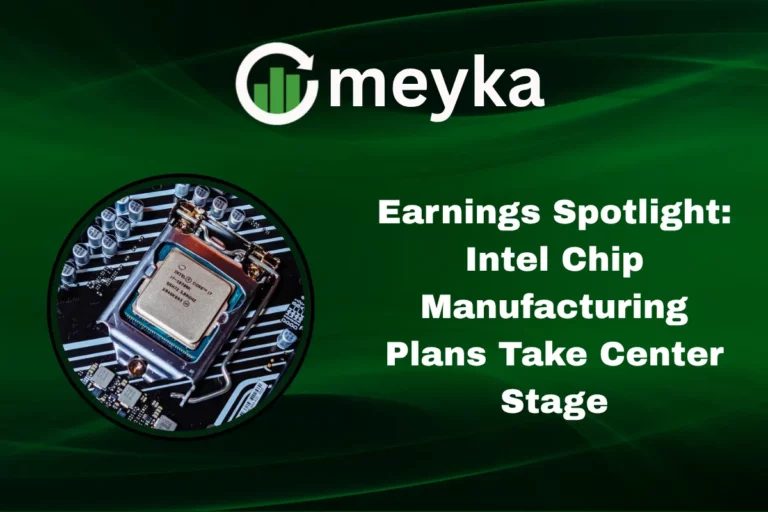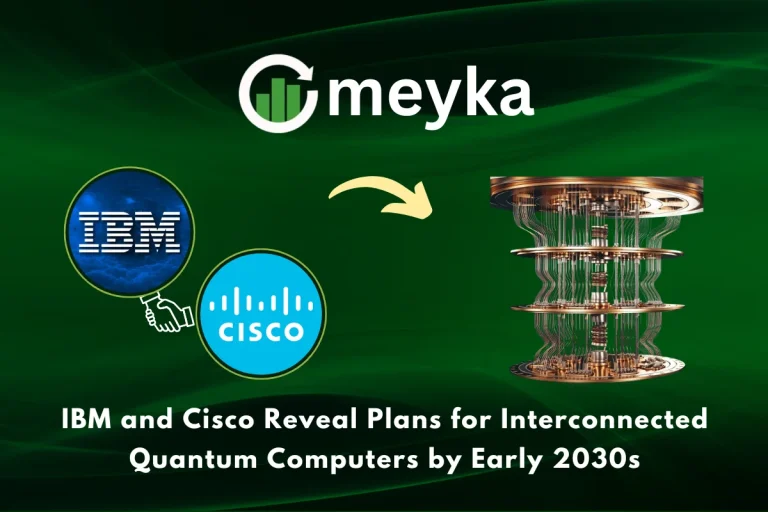Fujitsu Joins Hands with Nvidia to Develop AI Robots and Next-Gen Technology
The global race for artificial intelligence innovation has entered a new chapter. Fujitsu, one of Japan’s leading technology companies, has officially announced a strategic collaboration with Nvidia, the world’s leading AI chipmaker. Together, the two giants are set to develop AI robots and next-generation technology that could transform industries, reshape automation, and redefine human-machine interaction.
This partnership comes at a time when AI is rapidly evolving, and companies are pouring billions into advanced robotics, machine learning, and AI-driven systems. With Nvidia’s unparalleled expertise in AI hardware and Fujitsu’s leadership in computing solutions, the collaboration represents a strong step toward the future of intelligent robotics.
Fujitsu and Nvidia: A Strategic Alliance for the Future
Fujitsu has long been known for its innovation in computing, supercomputers, and IT services. Nvidia, on the other hand, dominates the AI chip market with its powerful GPUs and AI platforms. By joining forces, they aim to accelerate the development of AI robots that can think, learn, and adapt in real time.
The partnership will focus on three main areas:
- Building AI-powered robots for industrial, healthcare, and service sectors.
- Developing next-generation AI platforms that combine Fujitsu’s computing with Nvidia’s GPU technology.
- Enhancing cloud-based AI services for global enterprises.
According to Fujitsu, this collaboration will strengthen its AI research ecosystem and expand its capabilities in robotics and automation. Nvidia will provide its cutting-edge AI frameworks, such as NVIDIA Isaac and CUDA-X AI, which are already widely used in robotics development.
The Growing Role of AI Robots in Society
The market for AI robots is expected to grow at an unprecedented pace. A report summary published on Yahoo Finance in February 2023 projected the worldwide robotics market to grow with a compound annual growth rate of 15.25% from 2022 to 2027, reaching $86.2 billion by 2027. From factory automation to senior care robots in aging societies like Japan, the applications are limitless.
AI robots are not just machines; they are adaptive systems capable of making decisions based on data. For instance, in manufacturing, AI-powered robots can detect faults in assembly lines and adjust operations automatically. In healthcare, robots can assist surgeons in performing precise procedures, improving outcomes, and reducing errors.

With Fujitsu and Nvidia combining expertise, these robots will become more intelligent, scalable, and efficient.
Impact on the AI Stock Market
Investors are closely watching this partnership, as it has major implications for AI stocks and the global stock market. Nvidia’s shares have already been strong performers, driven by growing demand for AI chips. With Fujitsu’s backing, the collaboration could further boost Nvidia’s dominance in the AI hardware sector.
For Fujitsu, this alliance offers a chance to expand beyond traditional IT and into high-growth AI-driven robotics. Analysts expect this move to strengthen Fujitsu’s long-term outlook, making it a stock to watch for investors interested in stock research on AI-driven companies.
Both companies are aligning with the growing global demand for automation and robotics, making them central players in the future of work and intelligent machines.
Technological Breakthroughs Expected from the Collaboration
The Fujitsu-Nvidia partnership is expected to lead to multiple breakthroughs in the coming years. Some of the most promising areas include:
- Industrial AI Robots – Robots that can handle precision tasks, reduce human error, and increase factory efficiency.
- Healthcare Robots – AI-assisted machines that support senior care, rehabilitation, and patient monitoring.
- Service Robots – Intelligent assistants for businesses, capable of natural language processing and real-time decision-making.
- Smart Infrastructure – AI platforms that integrate with city planning, logistics, and disaster management systems.
By combining Nvidia’s AI accelerators with Fujitsu’s supercomputing, these next-gen robots will be capable of performing at levels never seen before.
The Global Race for AI Leadership
This partnership also highlights the global race for AI leadership. Countries like the United States, Japan, China, and South Korea are heavily investing in robotics and AI development. Fujitsu and Nvidia’s collaboration puts them in direct competition with other global tech giants such as Google, Amazon, and Huawei.
Governments are also recognizing the strategic importance of AI. For example, Japan has identified robotics and AI as critical to addressing its labor shortages and aging population. Meanwhile, the U.S. and China are pouring billions into AI startups and robotics research.
In this context, the Fujitsu-Nvidia alliance is more than a corporate collaboration; it is a step toward shaping the global future of AI robots.
What This Means for the Future of Work
One of the biggest implications of AI robots is the transformation of the workplace. Automation has long been seen as a disruptor, but with advanced AI robots, industries will experience a balance of efficiency and collaboration.
Robots will take over repetitive and dangerous tasks, allowing humans to focus on creative, managerial, and strategic work. In healthcare, robots will act as assistants rather than replacements for doctors and nurses. In factories, robots will handle heavy machinery while humans manage operations and design.
This human-robot collaboration is expected to create a new workforce model, where machines enhance productivity rather than simply replacing jobs.
Challenges Ahead for AI Robot Development
While the Fujitsu-Nvidia partnership holds great promise, several challenges remain. Key issues include:
- Ethical concerns – How to ensure AI robots act responsibly and ethically.
- Job displacement fears – Addressing public concerns about robots replacing human labor.
- High development costs – Advanced robotics research requires massive investment.
- Regulatory hurdles – Governments will need to create policies for AI safety and integration.
Both Fujitsu and Nvidia have emphasized responsible AI development and plan to work closely with global regulators and industries to overcome these challenges.
Conclusion
The collaboration between Fujitsu and Nvidia marks a turning point in the development of AI robots and next-generation technology. By combining supercomputing power with advanced AI hardware, the two companies are positioned to revolutionize industries, healthcare, and society at large.
As the global race for AI leadership intensifies, this partnership highlights how strategic alliances can accelerate innovation and reshape the future of technology. For investors, businesses, and societies, the era of AI-powered robotics is no longer a distant vision, it is rapidly becoming reality.
FAQs
Industries such as manufacturing, healthcare, logistics, and services will see the most benefits. AI robots will improve efficiency, safety, and decision-making across these sectors.
Nvidia’s strong performance in AI chipmaking is likely to gain further momentum, while Fujitsu may expand into high-growth AI markets. This collaboration strengthens both companies in the global stock market.
The main challenges include high development costs, ethical concerns, job displacement fears, and regulatory frameworks that are still evolving.
Disclaimer:
This content is made for learning only. It is not meant to give financial advice. Always check the facts yourself. Financial decisions need detailed research.






